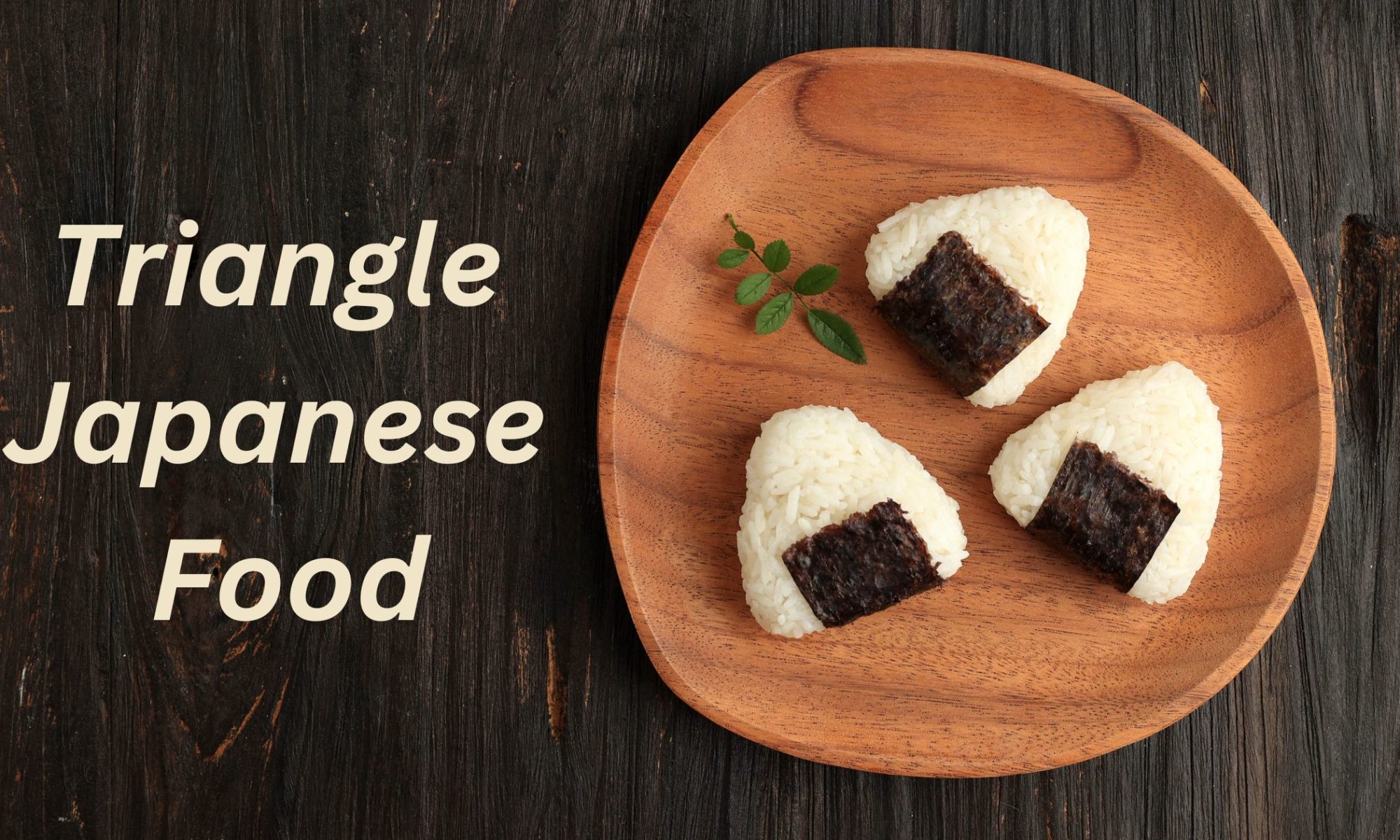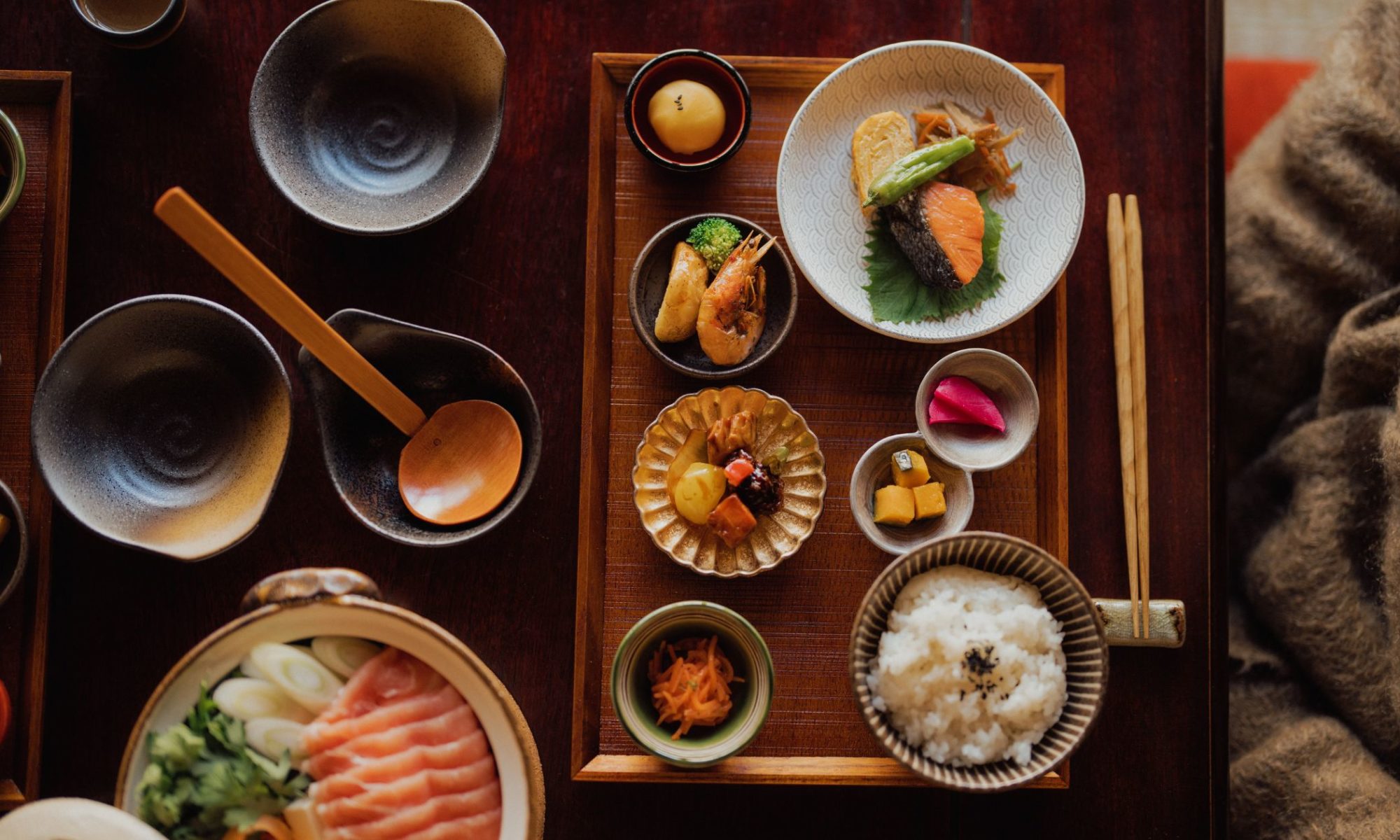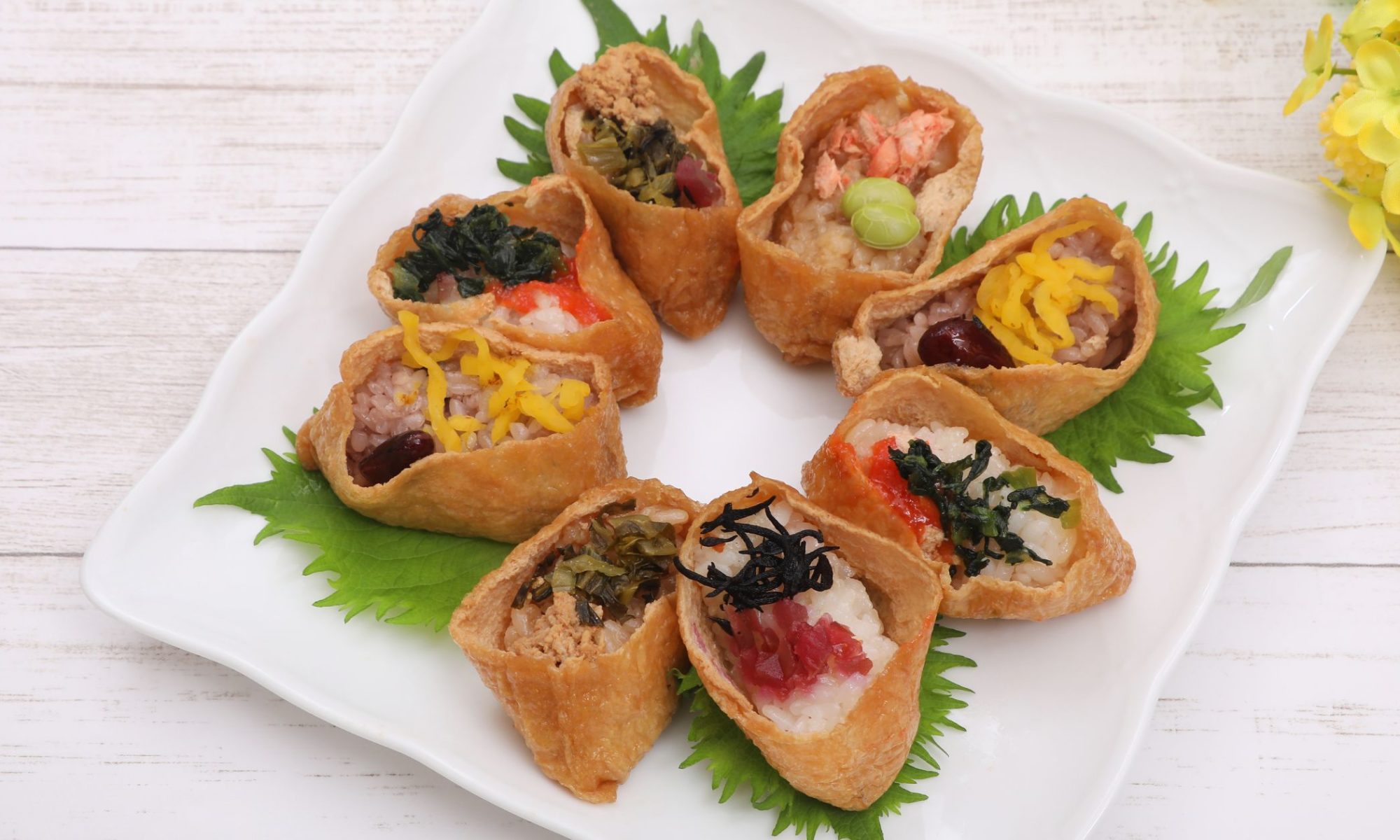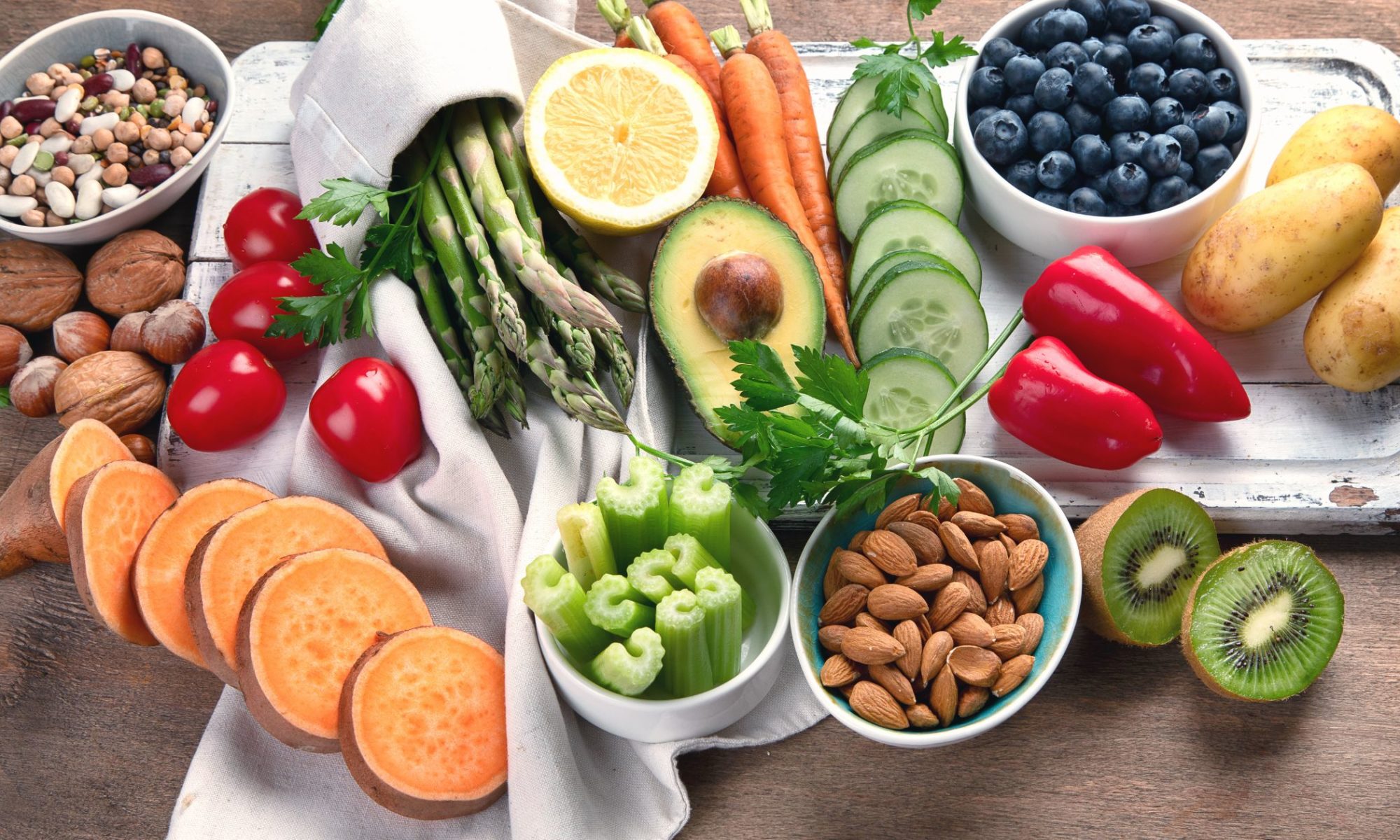Imagine strolling through the vibrant streets of Japan, where every corner boasts a delightful surprise for your taste buds. Amidst the hustle and bustle, you notice a humble snack vendor offering something intriguing: triangular-shaped treats wrapped in delicate nori seaweed or nestled in colorful bento boxes. Your curiosity piqued, you take a bite, and a symphony of flavors dances on your palate. Welcome to the enchanting world of Triangle Japanese Food—a culinary journey like no other.
Understanding Triangle Japanese Food: Where Tradition Meets Creativity
Let’s peel back the layers and uncover the essence of Triangle Japanese Food. It’s not merely about geometry or aesthetics; it’s a reflection of Japan’s rich culinary heritage and cultural tapestry. At its core, Triangle Japanese Food represents a harmonious blend of tradition and innovation—a celebration of simplicity and sophistication.
The roots of these triangular delights run deep, tracing back to ancient times when Japanese farmers and travelers sought portable, nourishing snacks to sustain them on their journeys. Thus, the humble onigiri was born—an ingenious creation of rice, meticulously seasoned and shaped into a compact triangle for easy consumption.
But Triangle Japanese Food isn’t confined to the realms of savory snacks alone. Venture into the realm of sweets, and you’ll discover taiyaki—a whimsical fish-shaped cake filled with decadent fillings like sweet red bean paste or creamy custard. Each bite is a delightful surprise, evoking childhood memories and stirring the imagination.
As you savor these culinary treasures, you’ll come to appreciate the artistry and craftsmanship behind each triangle. It’s a labor of love—a testament to the meticulous attention to detail that defines Japanese cuisine. From the precision of rice molding to the artful presentation of fillings, every aspect is thoughtfully curated to elevate the dining experience.
Types of Triangle Japanese Food: A Culinary Odyssey
1. Onigiri: The Comforting Rice Ball
Let’s start our culinary journey with the quintessential Japanese comfort food: onigiri. Picture a perfectly formed triangle of seasoned rice, enveloping a delectable filling, all encased in a crisp sheet of nori seaweed. From the simplicity of salted plum to the robustness of grilled salmon, onigiri offers a delightful range of flavors and textures to tantalize your taste buds. Whether enjoyed as a quick snack on the go or as a satisfying addition to a bento box, each bite of onigiri evokes a sense of warmth and nostalgia—a true testament to the artistry of Japanese cuisine.
2. Taiyaki: Sweet Dreams in Fish-Shaped Delights
Prepare to be enchanted by taiyaki—a whimsical confection that blurs the line between snack and dessert. Shaped like a fish and griddled to perfection, taiyaki boasts a golden-brown exterior that gives way to a molten center of sweet indulgence. Whether filled with classic red bean paste, creamy custard, or inventive twists like chocolate or matcha, taiyaki is a symphony of flavors that delights the senses and sparks joy in every bite. Popularized by street vendors and beloved by young and old alike, taiyaki embodies the playful spirit and culinary innovation of Japanese cuisine.
3. Dorayaki: Pillowy Pancakes of Sweet Bliss
Enter the realm of sweet indulgence with dorayaki—the beloved pancake-like confection that captures hearts with its fluffy texture and irresistible filling. Nestled between two golden discs lies a generous dollop of sweet red bean paste, creating a harmonious blend of sweetness and simplicity. With each bite, you’ll experience the delicate balance of flavors and textures that make dorayaki a timeless favorite among dessert enthusiasts. Whether enjoyed as a midday treat or a decadent finale to a meal, dorayaki invites you to savor the moment and indulge in the simple pleasures of life.
4. Inarizushi: Pockets of Sweet and Savory Delight
Step into the world of inarizushi—a delicacy that combines the sweetness of seasoned rice with the umami richness of fried tofu pouches. These pouches, known as inari, are meticulously prepared and filled with a mixture of sushi rice, seasoned with rice vinegar and sugar. The result is a delightful contrast of flavors and textures, as the tender tofu wraps around the fluffy rice, creating a harmonious marriage of sweet and savory. With each bite, you’ll experience a burst of flavor that transports you to the heart of Japan’s culinary tradition.
5. Sushi: Elevated Artistry in Every Bite
While not always triangular in shape, sushi deserves a special mention for its role in Japanese cuisine and its influence on Triangle Japanese Food. From the simplicity of nigiri sushi to the intricacy of maki rolls, sushi is a culinary art form that showcases the precision and creativity of Japanese chefs. Whether adorned with fresh slices of sashimi or paired with vibrant vegetables and seafood, each piece of sushi is a testament to the meticulous craftsmanship and dedication to quality that define Japanese gastronomy.
Also Read: How To Cook Sushi Rice Like A Michelin Star Chef
6. Imagawayaki: Indulgent Pancake Pockets of Joy
Imagawayaki, also known as “obanyaki,” is a delightful snack that brings together the best of both worlds: fluffy pancakes and sweet fillings. These delectable treats are cooked in special molds, resulting in golden-brown discs that encase a variety of fillings, such as sweet red bean paste, custard, or even chocolate. With each bite, you’ll experience a symphony of flavors and textures, as the crisp exterior gives way to a warm, gooey center—a culinary delight that promises to satisfy your sweet cravings and warm your soul.
Ingredients and Preparation: Crafting Culinary Masterpieces
Now, let’s lift the veil on the artistry and craftsmanship behind Triangle Japanese Food. At the heart of these delectable creations lies the humble yet versatile ingredient: rice. Known as the soul of Japanese cuisine, rice serves as the foundation for onigiri, providing the perfect canvas for a myriad of flavors and fillings.
As for fillings and toppings, the possibilities are endless. From succulent seafood to tangy pickled vegetables, each ingredient is carefully selected to complement the delicate flavors of the rice. Whether it’s a traditional umeboshi plum or a modern twist with spicy tuna mayo, every filling adds its own unique touch to the culinary tapestry of Triangle Japanese Food.
But let’s not overlook the art of preparation—a delicate dance of technique and tradition. From the precise shaping of rice balls to the meticulous wrapping of nori seaweed, every step is imbued with reverence and respect for the craft. It’s a labor of love—one that pays homage to centuries of culinary wisdom and cultural heritage.
Cultural Significance: Honoring Tradition and Symbolism
Triangle Japanese Food isn’t just about taste; it’s deeply intertwined with Japanese culture and traditions. From centuries-old rituals to symbolic meanings, these culinary delights hold a special place in the hearts of the Japanese people. In bento boxes, onigiri symbolizes nourishment and sustenance—a comforting reminder of home and hearth amidst the busyness of daily life. During festivals and celebrations, taiyaki embodies joy and prosperity, its fish-shaped form representing abundance and good fortune. And in moments of reflection, dorayaki invokes memories of childhood innocence and the simple pleasures of yesteryears. Each triangle tells a story—a testament to the rich tapestry of Japanese heritage and the enduring spirit of its people.
Modern Interpretations and Trends: Innovating with Tradition
While rooted in tradition, Triangle Japanese Food continues to evolve with the changing times, embracing innovation and creativity. In modern kitchens and trendy cafes, chefs reimagine classic recipes with a contemporary twist, infusing traditional flavors with global influences. From onigiri stuffed with avocado and spicy tuna to taiyaki filled with matcha cream and mochi, these reinvented classics appeal to a new generation of food enthusiasts hungry for adventure and exploration.
Moreover, with an increased focus on health and wellness, Triangle Japanese Food offers a balanced alternative to fast food, emphasizing fresh ingredients, vibrant flavors, and mindful eating practices. Whether enjoyed on the streets of Tokyo or savored in the comfort of your own home, Triangle Japanese Food invites you to savor the past while embracing the future—a delicious fusion of tradition and innovation that transcends borders and captivates hearts around the world.
Conclusion
In the realm of culinary delights, Triangle Japanese Food stands as a testament to the ingenuity, creativity, and rich cultural heritage of Japan. From the humble onigiri to the whimsical taiyaki and indulgent dorayaki, each triangular treat tells a story—a story of tradition, innovation, and the enduring bond between food and culture.
As we journeyed through the world of Triangle Japanese Food, we uncovered more than just recipes and ingredients. We discovered a tapestry of flavors woven from centuries of tradition, a celebration of craftsmanship and attention to detail, and a reflection of the deep-seated values and beliefs that define Japanese cuisine.
But beyond its culinary appeal, Triangle Japanese Food holds a deeper significance—it’s a reminder of the power of food to nourish not only our bodies but also our souls. It’s a bridge that connects us to the past while guiding us into the future—a tangible expression of the human experience in all its complexity and beauty.
So the next time you bite into a perfectly formed triangle of rice or indulge in a sweet-filled pancake pocket, take a moment to savor not just the flavors but also the stories they tell. For in every mouthful lies a piece of Japan’s rich culinary heritage—a legacy worth preserving and celebrating for generations to come.
In the end, Triangle Japanese Food isn’t just about what’s on the plate—it’s about the memories shared, the traditions honored, and the connections forged over a shared love of food. So let’s raise our chopsticks in salute to the chefs, artisans, and storytellers who keep the flame of Japanese cuisine burning bright—and to the endless possibilities that await us in the world of Triangle Japanese Food.
Kanpai, and may your culinary adventures be as vibrant and flavorful as the dishes themselves!






